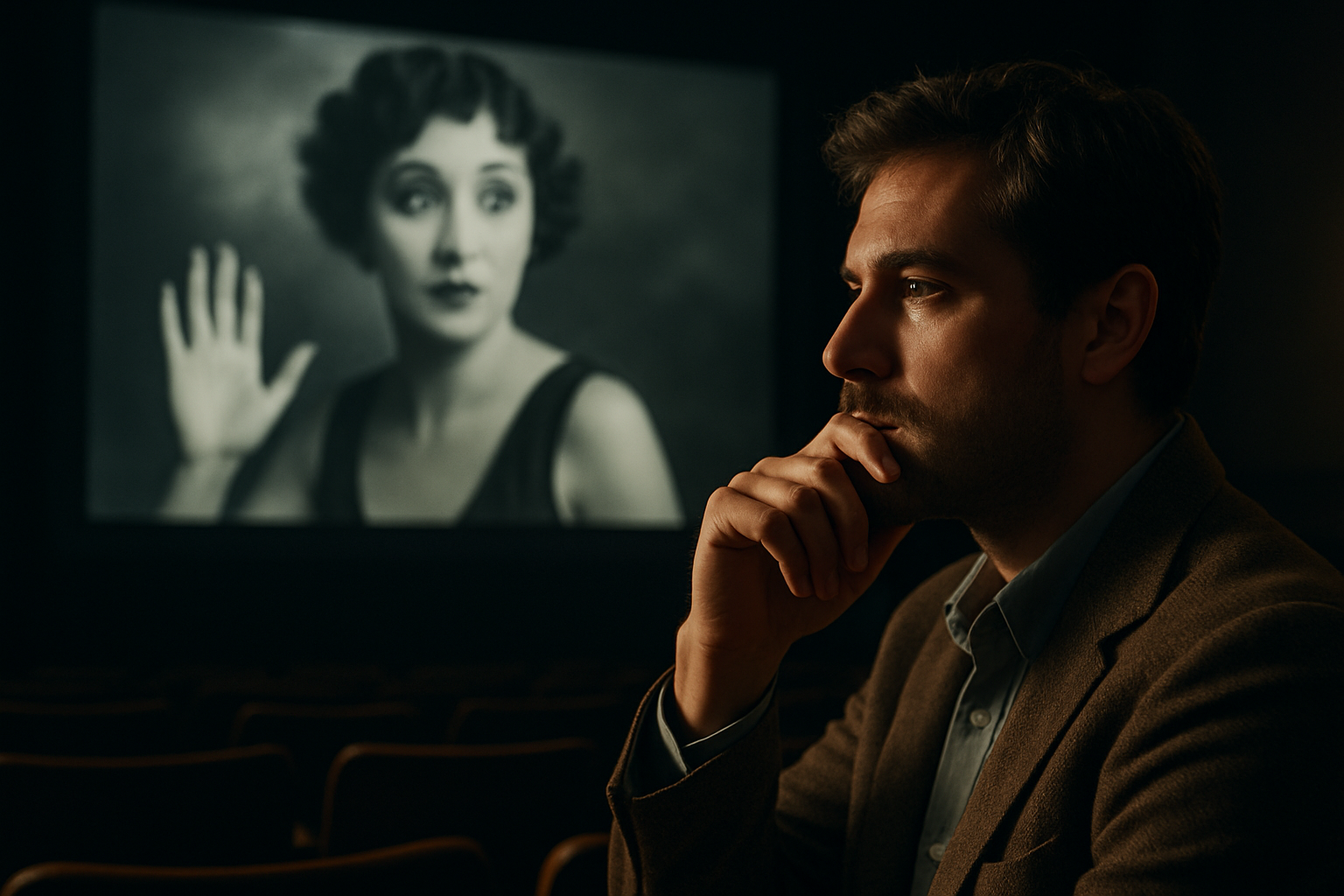The Silent Symphony: Exploring Soundless Cinema's Comeback
In an era dominated by blockbuster soundtracks and immersive audio experiences, a surprising trend is emerging in the world of cinema. Filmmakers are rediscovering the power of silence, crafting movies that rely on visual storytelling rather than dialogue or musical scores. This resurgence of silent cinema is not merely a nostalgic nod to the past but a bold artistic statement in the modern film landscape. From indie darlings to mainstream productions, the absence of sound is becoming a powerful tool for directors seeking to create unique and memorable cinematic experiences.

The Transition to Sound and Beyond
The introduction of synchronized sound in the late 1920s marked a revolutionary shift in filmmaking. Talkies quickly became the norm, relegating silent films to the annals of history. For decades, silence in cinema was largely reserved for artistic effect or specific scenes. However, the 21st century has seen a renewed interest in the power of visual storytelling without reliance on dialogue or non-diegetic sound.
Modern Silent Cinema: A New Wave
Today’s silent films are not mere imitations of their predecessors but rather innovative works that challenge contemporary audiences. Directors are experimenting with complete silence, minimal sound design, or the absence of dialogue to create immersive experiences that demand viewer engagement. These films often tackle complex themes and emotions, proving that silence can be as evocative as any spoken word.
Technical Challenges and Innovations
Creating a silent film in the modern era presents unique challenges. Filmmakers must rely heavily on visual composition, actor performances, and editing to convey narrative and emotion. Some directors have embraced new technologies, using high-definition cameras and digital effects to enhance the visual experience. Others opt for a more traditional approach, employing techniques reminiscent of early cinema to capture the essence of the silent era.
Critical Reception and Audience Response
The resurgence of silent cinema has been met with both critical acclaim and audience curiosity. Film festivals have showcased numerous silent works, often praising their innovative approach to storytelling. While some viewers find the experience challenging, many appreciate the opportunity to engage with film in a new way, free from the distractions of constant dialogue or overwhelming soundtracks.
Impact on Mainstream Cinema
The success of modern silent films has influenced mainstream cinema as well. Major studios are increasingly incorporating extended silent sequences into their productions, recognizing the power of visual storytelling. This trend has led to a renewed appreciation for cinematography, set design, and non-verbal acting, elevating these elements in films across all genres.
The Future of Silent Cinema
As the film industry continues to evolve, the role of silent cinema remains uncertain. Some predict a niche but dedicated following, while others see potential for broader appeal. What’s clear is that silent films offer a unique canvas for artistic expression in an increasingly noisy world. Whether as a tool for storytelling or a form of cinematic meditation, the power of silence in film is being rediscovered and reimagined for a new generation of moviegoers.





